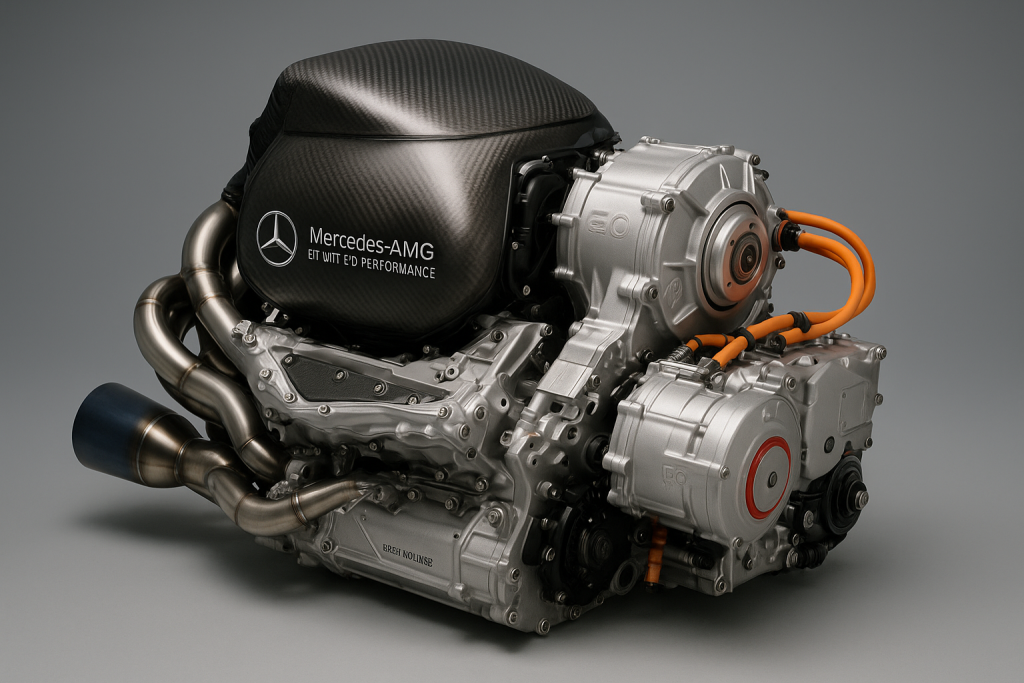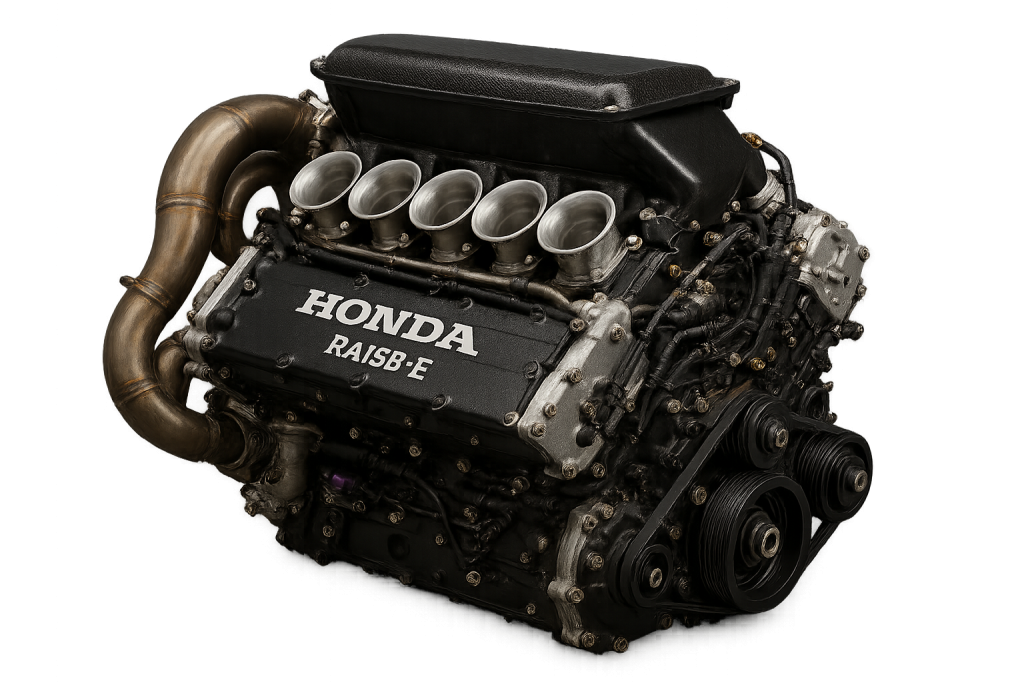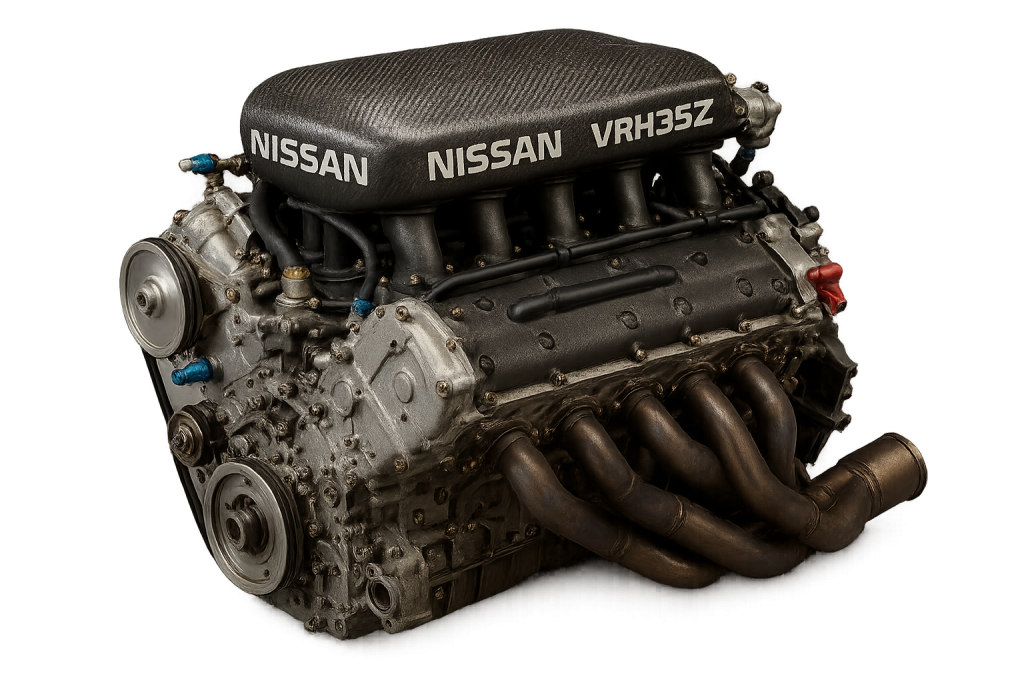⏲️ Estimated reading time: 4 min
Most Powerful V6 Engine in Racing. Explore the most powerful V6 engine in racing history a game-changer that redefined performance and engineering limits. From Formula 1 dominance to legendary endurance wins, this masterpiece of combustion technology is a testament to innovation, speed, and power.
Discover the Most Powerful V6 Engine in Racing History
When you think of racing dominance, monstrous V8s or ferocious V10s may spring to mind. But tucked within the pages of motorsport history lies a mechanical marvel that defied expectations a V6 engine so powerful, it not only competed but conquered. Today, we unveil the most powerful V6 engine ever created for racing: the Mercedes-AMG F1 M11 EQ Performance 1.6L Hybrid V6, the heart of Mercedes’ Formula 1 domination.
⚙️ The Mercedes-AMG F1 M11 EQ Performance: A Hybrid Revolution
Introduced in the 2014 Formula 1 season, this 1.6-liter turbocharged V6 engine marked the dawn of a new hybrid era. Co-developed by Mercedes High Performance Powertrains in Brixworth, UK, this power unit integrated the Internal Combustion Engine (ICE) with two energy recovery systems: MGU-K (Kinetic) and MGU-H (Heat).

🔥 Power Output Breakdown:
- ICE (Internal Combustion Engine): ~750 hp
- MGU-K and MGU-H combined: ~160 hp
- Total Combined Output: ~1000+ hp
- Engine Displacement: 1.6 liters
- RPM Limit: 15,000 RPM
- Weight: ~145 kg (including hybrid system)
That’s over 625 horsepower per liter a mind-blowing number for a V6.
🏆 Racing Dominance: The Hybrid Era Belongs to Mercedes
With this V6 power unit, Mercedes launched a legendary era of dominance:
- 8 Constructors’ Championships (2014–2021)
- 7 Drivers’ Championships, 6 of which went to Lewis Hamilton
- Over 100 Grand Prix wins with variations of this engine
Its blend of efficiency, raw power, and reliability made it nearly untouchable for nearly a decade.
🛠️ Why Was This V6 So Special?
- Thermal Efficiency Above 50%
Most combustion engines hover around 30-35% thermal efficiency. Mercedes pushed past 50%, unheard of in racing. - Split Turbocharger Design
Unlike conventional turbos, the compressor and turbine were split with a shaft running through the engine. This innovation reduced turbo lag and dramatically improved throttle response. - Advanced Energy Recovery
The MGU-H recaptured heat energy from the turbo and reused it, while the MGU-K harvested braking energy. The system could deploy electric power for overtakes or charge strategically. - Compact Yet Ferocious
All this technology was squeezed into a lightweight and tightly packaged unit, optimizing aerodynamic efficiency and car balance.
🚀 Challengers: Other Legendary V6 Racing Engines
While the Mercedes-AMG F1 V6 hybrid leads the pack, several other V6 engines left a massive impact on motorsport:
🏁 Honda RA168-E (Formula 1, 1988)
- Twin-turbo 1.5L V6
- Powered McLaren MP4/4 to 15 wins in 16 races
- Estimated 675 hp (limited by 2.5 bar turbo boost rules)
- Considered one of the most dominant F1 seasons ever

🏎️ Nissan VRH35Z (Le Mans, 1990s)
- 3.5L twin-turbo V6
- Used in the Nissan R390 GT1
- Over 650 hp with endurance-tuned reliability

🧬 Porsche TAG Turbo V6 (F1, 1980s)
- 1.5L twin-turbo V6 developed by Porsche for McLaren
- Helped win 3 Drivers’ Championships
- Peak power of ~850 hp in qualifying trim
Still, none rival the hybrid complexity and consistent success of the modern Mercedes F1 V6.

💡 V6 Engines: Efficiency Meets Aggression
Why do top-tier race teams love the V6?
- Compact size fits within modern aerodynamic constraints
- Weight advantage vs V8s and V10s
- Turbo compatibility enables extreme power outputs
- Hybrid integration thrives with fewer cylinders
🔍 Inside the Future: Will V6 Hybrids Stay King?
Formula 1 is evolving again. The 2026 power unit regulations will continue the V6 layout but shift toward greater electrical output and fully sustainable fuels. Mercedes and other teams will need to innovate even further to match or surpass the performance of the current era’s V6 legends.
🏁 Racing’s Greatest V6: A Legend Sealed
The Mercedes-AMG 1.6L turbo hybrid V6 engine represents the absolute pinnacle of V6 engineering in racing. Not just for its numbers but for how it redefined hybrid performance, pushed the limits of what a V6 could do, and delivered relentless success over almost a decade.
Whether you’re an F1 fanatic, an engineering geek, or just someone fascinated by mechanical greatness, this engine earns its crown.
🔔For more tutorials like this, consider subscribing to our blog.
📩 Do you have questions or suggestions? Leave a comment or contact us!
🏷️ Tags: Mercedes F1 engine, most powerful V6, hybrid powertrain, racing engines, Formula 1 technology, AMG engineering, high-performance engines, V6 engine history, turbocharged V6, MGU-H and MGU-K
📢 Hashtags: #V6Power #MercedesF1 #F1HybridEra #TurboV6 #Formula1Engineering #RacingTechnology #MostPowerfulV6 #AMGPower #MotorsportHistory #F1Dominance
🏁 Final Lap: Our Verdict
In the ever-evolving world of motorsport, few engines leave a legacy as deep as the Mercedes-AMG hybrid V6. A technological masterpiece that didn’t just participate it ruled.
Only logged-in users can submit reports.
Discover more from HelpZone
Subscribe to get the latest posts sent to your email.

